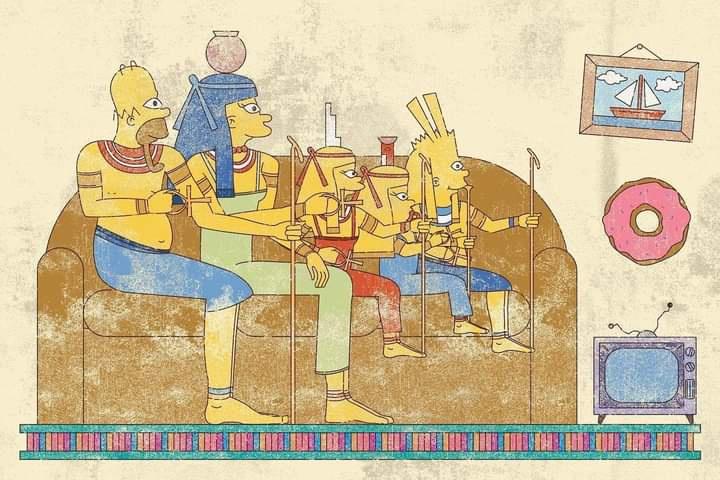this post was submitted on 15 Apr 2024
90 points (95.0% liked)
The Simpsons
1627 readers
89 users here now
Welcome to TheSimpsons, a community for discussing everything related to America's non-prehistoric cartoon family, The Simpsons!
Right about now, you're probably saying, "Troy, basically every post starts with 'Guess the Episode', is that all this community is?"
To which I say you've got some attitude, mister.
But no, any Simpsons content is allowed in this community, although we do ask that you keep the shitposting over in [email protected].
Discussion
Guess the Episode "Rules"
- Post a screenshot from an episode of the Simpsons. Frinkiac being a popular source.
- If posting a GIF the file size should be less than 1MB, otherwise it may not be animated.
- Easy, a screenshot any who's seen the Simpsons would get.
- Medium, a screenshot that would take a moment for most people to get.
- Hard, a screenshot that someone only gets after you explain it to them.
- Genius at Work, a screenshot that makes someone go, "Yeah, that's from The Simpsons, the one where the family does the funny thing".
These "Rules" aren't real, so if you think of something clever, do that instead.
founded 2 years ago
MODERATORS
